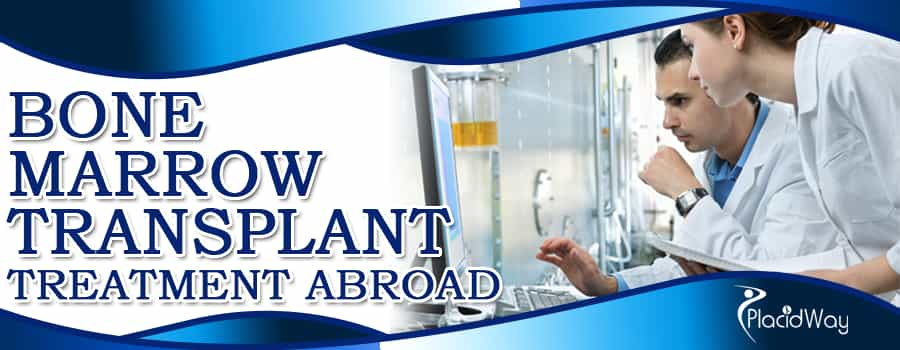
Bone marrow transplant is also known as a BMT. Bone marrow transplants have been performed since the late 1960s and are often used for:
Bone marrow is considered a type of Stem Cell Treatment, since the bone marrow is found inside bones. It contains blood cells and stem cells whose major function is to create new blood cells and fight infection, making it very difficult for individuals requiring a bone marrow transplant find donors that can provide suitable bone marrow.
A bone marrow transplant may provide health and wellness benefits for everyone suffering from certain diseases such as cancer; a BTM produces reduction of symptoms and greater quality of life, especially for those diagnosed with immune deficiency diseases, bone marrow production malfunction, and disease conditions such as leukemia. Cancer treatments such as chemotherapy and Radiation Therapy often destroy healthy blood cells found in the bone marrow, and a BMT Treatment may help optimal health and bone growth, cell production and development.
Different types of bone marrow transplants are available, including:
In many cases, patients have a sibling whose bone marrow provides a good match that prevents rejection by the patient to foreign materials. This process is known as graft- versus-host disease, or more simply, rejection.
During the grafting process, a relatively general procedure is followed, regardless of the reason for the transplant. Prior to the transplant, both patient and donor are required to undergo a variety of tests to ensure a match and otherwise healthy organ function.
In most cases, bone marrow from a donor is harvested through a large needle inserted into the crest of the hipbone. The bone marrow is aspirated into a syringe, or more than one syringe, depending upon the amount of bone marrow required. In most cases, one to two quarts of marrow as well as blood are harvested at one time.
Prior to receiving the donated blood and bone marrow, the patient undergoes chemotherapy and radiation to effectively (and purposely) destroy the bone marrow of the patient. Mixing healthy and damaged or diseased bone marrow will reduce efficacy and in some cases cause the bone marrow transplant procedure to fail.
Within one to two days following the chemotherapy and radiation treatment, the healthy bone marrow is infused into the patient through an IV or intravenous line. This transplant is often performed in the patient's room, and not in an operation or surgical suite.
A bone marrow transplant is usually performed by a Bone Marrow Transplant Specialist in bone marrow transplant procedures. Often, these specialists are also oncologists. Oncologists or cancer specialists, transplant specialists, other doctors and nurses are required during the process of a bone marrow transplant and everyone should be certified in their field or specialty in their country of origin.
If you need information about where you can get bone marrow transplant abroad or you want to ask us a question, use the button below!
Cancer Treatment Abroad, Breast Cancer, Lung Cancer